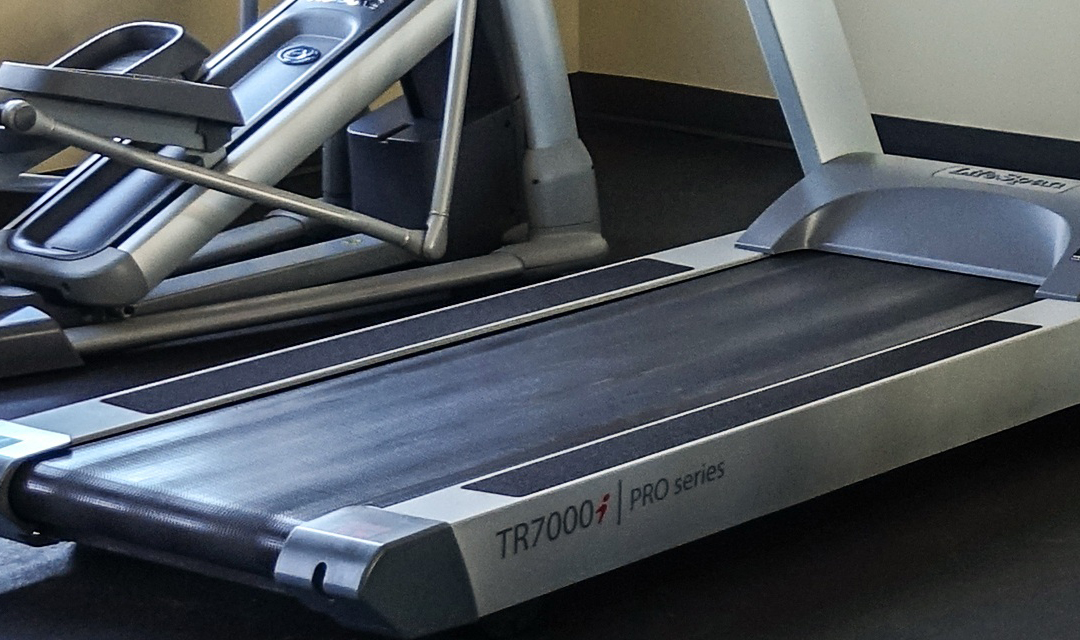Sometimes, pelvic floor issues can totally affect your life and make it more difficult than you expected. Symptoms such as bowel dysfunction, urinary problems or lacking pelvic organ support can make you unable to enjoy life to its fullest. But even still, some people with this problem also experience difficulty walking and running, which is where a gait assessment can be a great stepping stone on the road to recovery.
Should You Get a Gait Assessment during Pelvic Floor Issues?
A lot of runners think about whether a gait assessment would be right during pelvic floor problems. Due to the discomfort they feel, it’s very difficult for them to run and walk when the pelvic floor becomes weakened. Therefore, the joy of running could disappear over time due to not seeking proper treatment.
A huge stress such as running can cause urinary incontinence/pelvic organ prolapse. When this happens, the pelvic organs lose the support of the tissues and muscles and end up becoming very loose. A gait assessment can help with pelvic floor health as long as it’s done properly by leaders in the industry. Contact KW Pelvic Health to book an appointment today.
How Does a Gait Assessment Benefit You?
Gait assessments are useful in helping people who are experiencing difficulty walking or running due to underlying causes. More often than not, it is a powerful way to help athletes improve their running ability by adjusting their posture and movement, especially when they have injuries.
That being said, some contributing running stresses can be changed to make a difference:
- Force and position of the foot hitting the ground
- Position of the thorax (chest) over the pelvis
- How you breathe/breath-hold
- Cadence and stride length
- Shoulder and arm position
- Head position
Additionally, there are other things that can be acquired to help with running. Apart from the right pose, another thing that influences running is footwear. Although you could run in some shoes, they may not be the best match for running, and they might actually keep you from doing your best. Therefore, you need to know how to choose the right shoes. Physio can address footwear choices that can help with impact.
What the Gait Assessment Involves
Before you get into gait assessment, it’s important to know what this program involves. In general, you will get:
- Subjective assessment discussing running mileage/running goals
- Objective assessment of:
- Hips/back/pelvis
- Movement patterns that may be contributing to issues
- Assessment of the strength of muscles used for running, core and stabilizing pelvis
- Assessment of gait on a treadmill
What Treatment May Look Like
Usually, the treatment offered will include:
- A progressive running program to meet clients’ goals and level
- Strength/stretching exercises that complement running and work on deficits found during the assessment
- Tips to decrease forces specific to that individual
Why Would You Do It?
Sometimes, a small change is all that’s needed to lessen or get rid of pelvic floor symptoms. Therefore, running can be a good way to decrease the struggle and make your life a little better. So, moving around will be less painful during pelvic issues. This should be monitored in a professional setting by leaders in the field.
Conclusion
If you experience pelvic health issues, its treatment can be boosted with a gait assessment. Considering the pain and discomfort caused by your condition, walking and running can be a nightmare, but the right program can do wonders for you. Running can be a REALLY useful tool used to help treat incontinence. But it must be done properly, with the right volume and intensity. So, what are you waiting for? Seek help and improve your life right now! Contact KW Pelvic Health Today.




